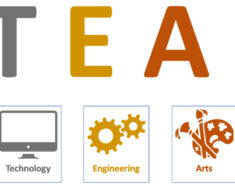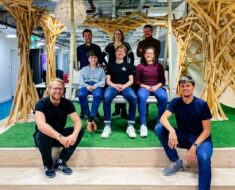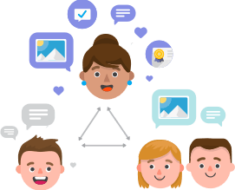
Virtual reality (VR) is not just a technology for entertainment and gaming. It is also a powerful tool for education and skill development that can provide immersive and interactive learning experiences for students of all ages and backgrounds. VR can enable virtual field trips, simulate laboratory environments, immerse students in historical events, and build social and empathy skills among learners.
But how can education benefit from using virtual reality in learning? What is the impact of virtual reality on teaching and learning systems? And what is virtual reality in learning and development?
How can education benefit from using virtual reality in learning?
One of the main benefits of virtual reality in education is that it can enhance student engagement and motivation by making learning more fun and exciting. VR can also increase student retention and comprehension by allowing them to visualize and manipulate complex concepts and processes that are otherwise difficult to grasp through traditional methods. VR can also foster creativity and innovation by giving students opportunities to explore, experiment, and create in virtual worlds.
Another benefit of virtual reality in education is that it can expand access and equity by breaking down barriers of time, distance, and cost. VR can enable students to visit places and experience cultures that they would otherwise not be able to, such as the Roman Colosseum in ancient times or outer space. VR can also provide personalized and adaptive learning paths for students with different needs, abilities, and preferences. VR can also reduce the need for physical resources and infrastructure, such as textbooks, classrooms, and laboratories.
What is the impact of virtual reality on teaching and learning systems?
The impact of virtual reality on teaching and learning systems is significant and positive. VR can transform the role of teachers from lecturers to facilitators, mentors, and guides who can support students’ learning journeys in VR environments. VR can also enhance collaboration and communication among teachers, students, and peers across different locations and contexts. VR can also provide teachers with data and feedback on student performance, progress, and behavior that can help them improve their instruction and assessment.
What is virtual reality in learning and development?
Virtual reality in learning and development is the use of VR technology to design, deliver, and evaluate learning interventions that aim to improve knowledge, skills, attitudes, or behaviors of learners. VR can be used for various purposes, such as academic education, vocational training, professional development, or lifelong learning. VR can also be used for various domains, such as science, technology, engineering, arts, mathematics (STEAM), language, culture, health, or social issues.
Virtual reality in education is not a futuristic fantasy. It is a present reality that is driving the future of learning and skill development in the 21st century. By embracing VR technology, educators can create immersive and meaningful learning experiences that can inspire students to achieve their full potential.
Dil Bole Oberoi




